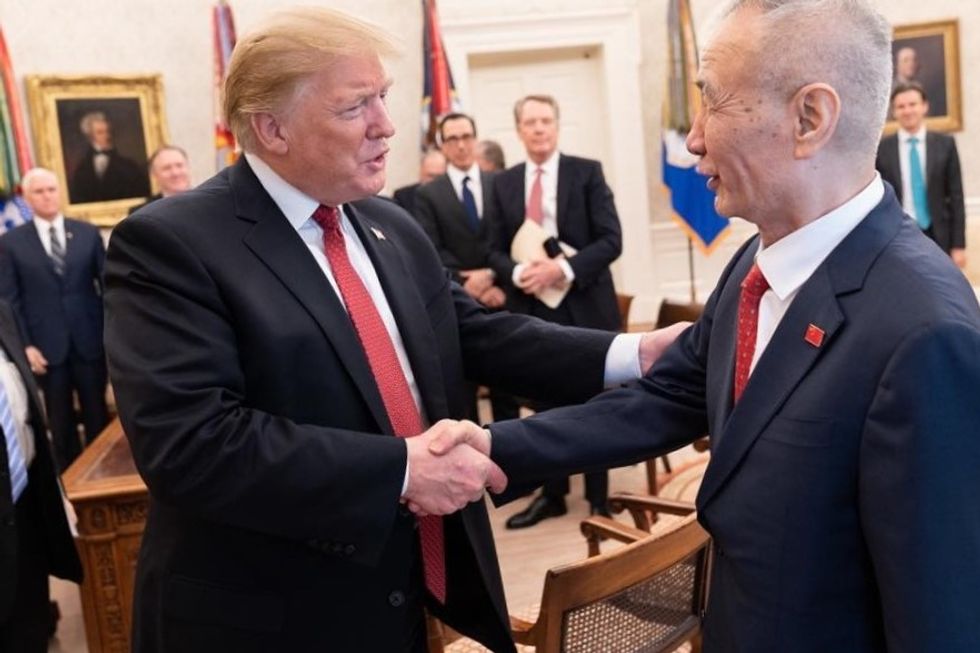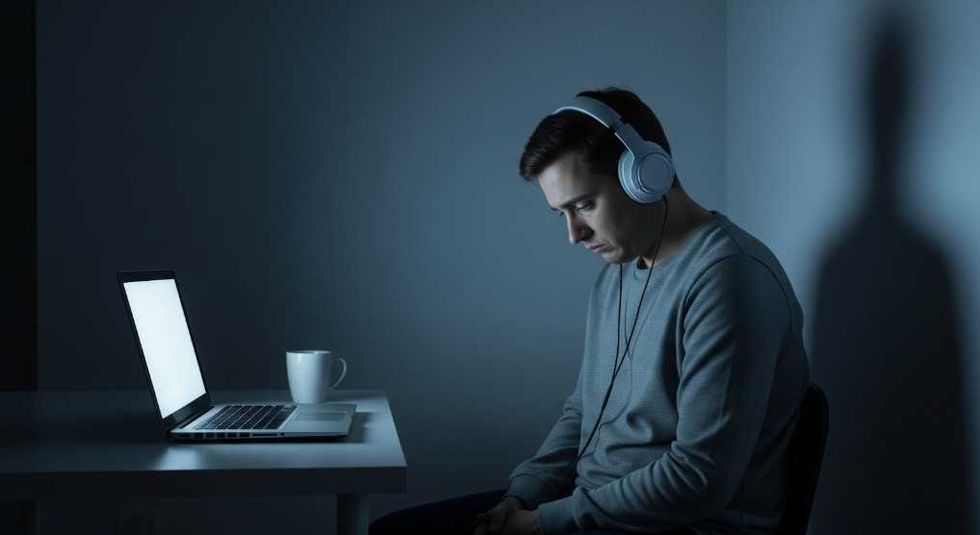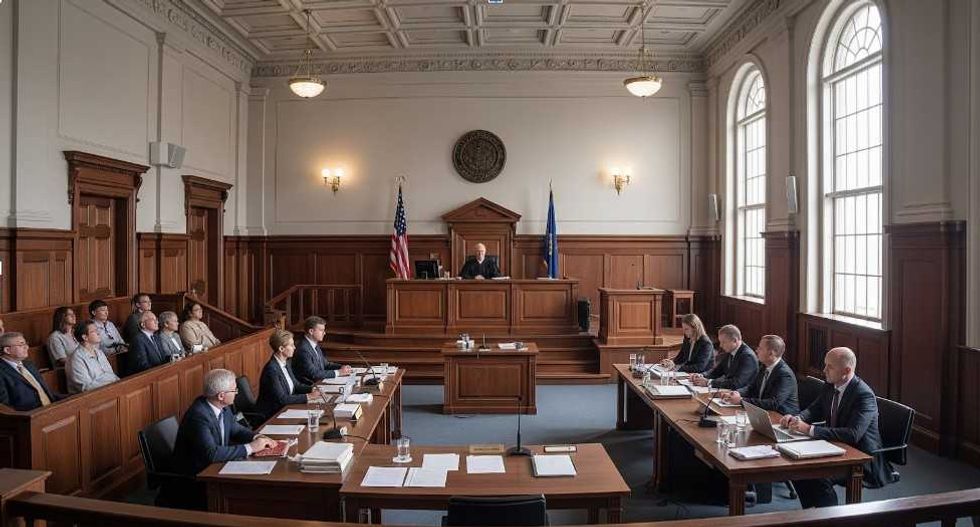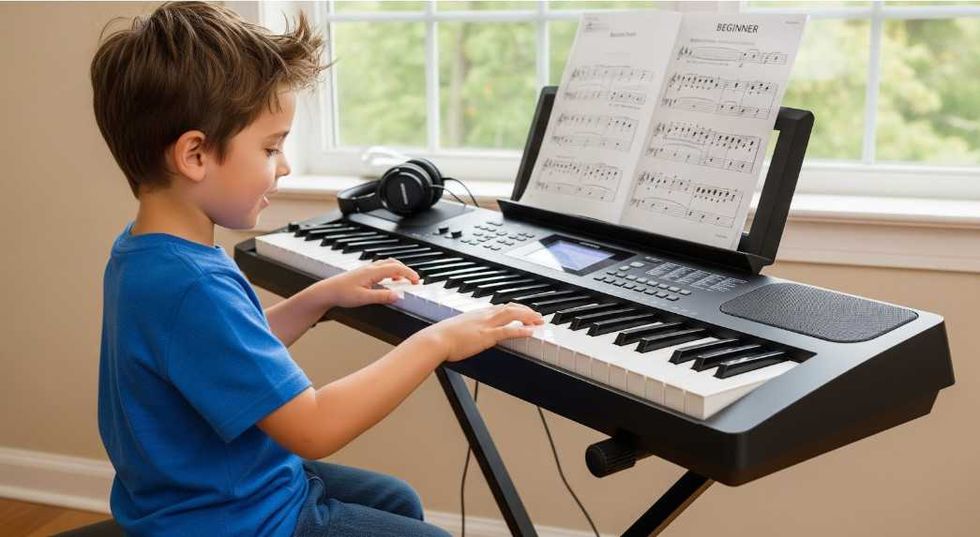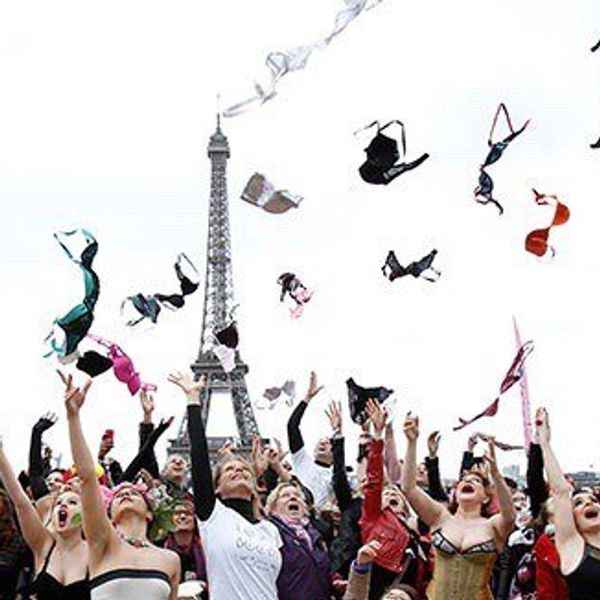Have you ever been scrolling through your Facebook feed and noticed an article that ignited the emotional flame within you? On all kinds of social networking platforms, stories like these will pop up, such as a report about an anti-abortion protest or an inflammatory opinion article about the need for Trump's travel ban. But if you've never questioned the validity of the articles or sources you've seen on the Internet, it's likely that you have been misinformed.
For instance, according to Snopes, last year, the Swedish news service SVT reported that the Swedish Transport Administration was not allowing Christmas lights to be hung on street poles anymore because the agency wasn't authorized to lend its electricity under Swedish law and the poles weren't made to hold any extra weight. While this report has been verified, that did not stop Internet trolls from spreading misleading content.
"Infowars" writer Paul Joseph Watson wrote an article titled "Sweden Bans Christmas Street Lights; To Avoid Offending Muslim Migrants?" including the statement "Despite there being no safety issue with the street lights for decades, this new rule has been instituted right after record numbers of Muslim migrants flooded into the country — just a coincidence I'm sure." Oof, looks like no one told "Infowars" that correlation doesn't imply causation. Let's break this down.
In order to spot baloney in news, ask yourself, is it true? Does the story provide verification, independence, and accountability? Would this story be considered journalism, and if not, what is it? According to "First Draft" writer Claire Wardle, there are seven different types of fake content and different motives that drive creators. With the "Infowars" article, the title is incredibly misleading and doesn't totally match up with the facts or actuality of the event.
Because the title suggests that Sweden banned street lights because of Muslim immigrants, the writer made a false connection. The article is also misleading content because the information is paired with the author's mere assertion about the ban relating to Muslims; this looks just like an attempt to vilify Muslims. Why? Considering the conservative record of "Infowars," it's probably due to the organization or the author having political biases. Pushing a story with false claims with intent to defame Muslims is not journalism, it's an agenda. Whether it be because the author wants to push his ideas or because he's getting paid to do so, you, the reader, should be wary of news on the Internet that lacks verification from credible sources, multiple sources, named sources, and lacks direct evidence.
On that note, it's not too difficult to spot bogus news stories if you know how to look for evidence. The main types of direct evidence that you should be looking for are videos, audios, and photos unless they've been edited, of course, along with documents and records. This can be especially important to validate highly sensitive events that people may be reluctant to believe.
In a June 2016 story by Matt Campbell and Glenn E. Rice for "The Kansas City Star," dashcam footage was publicly released to show a Missouri police officer tasing a teen and using excessive force before arresting 17-year-old Bryce Masters. It's hard to argue against that happening.
In a "New Yorker" story from May 2004, Seymour M. Hersh describes how American soldiers were torturing and humiliating Iraqis in the Abu Ghraib prison. This and related stories from other huge papers, like "New York Times" and "Washington Post," gained a lot of attention, due to the pictures showing how the prisoners were tortured, and the official documents including an abridged transcript and a 53-page report written by Major General Antonio M. Taguba. There were even more pictures and videos than shown in the article, but the author was transparent about the fact that they were not included because of their "extremely sensitive nature."
Eyewitness accounts are also examples of direct evidence, with journalist accounts being a little more reliable than observer accounts. The importance of journalist accounts became apparent when a huge story broke out in September 2017 for "New York Times." Kenneth P. Vogel wrote about how while he was at a restaurant, he noticed President Trump's lead outside attorney and his legal team member talking about how they were going to answer to Russia investigations. He included a picture of the two men, explained exactly what he was doing at the restaurant, and included quotes of the two men about the two lawyers in the article written by Peter Baker and Vogel, demonstrating how eavesdropping accompanied with evidence and transparency of the situation made this reporter a reliable source.
Even though not all initial evidence may answer all questions in a story, it's essential for news consumers like you to rely on facts in news stories and understand that journalistic truth is always changing because new evidence can always be discovered.
Another tip in order to notice what is real news reporting and what is not is to identify if a story is honest about what they know and where their information came from and give a background to put the story in context. A May 2017 "MSNBC" television report by "Dateline" anchors showed a video in which Trump refused to comment on "possible recordings from his dinner with former FBI Director James Comey. "MSNBC" was open about the fact that they don't have a solid answer to if there were White House recordings. Find real news that establishes and maintains trust between the reporters and the audience. Real news should not deceive you, keep information from you, or jump to conclusions based on the initial information they have.
So now, what else can you do, random citizen? Remember what I told you! Pay close attention to possibly misleading news headlines, recognize direct evidence, and identify transparency. And your inner biases may tempt you to gravitate towards stories that confirm your beliefs, but make sure you try to put them aside in order to recognize reliable and factual news.

